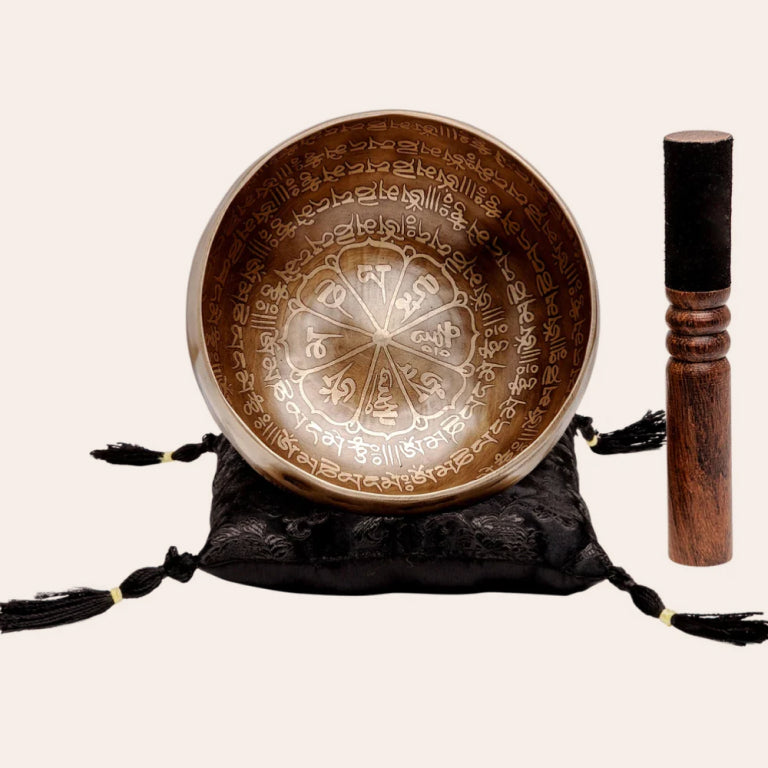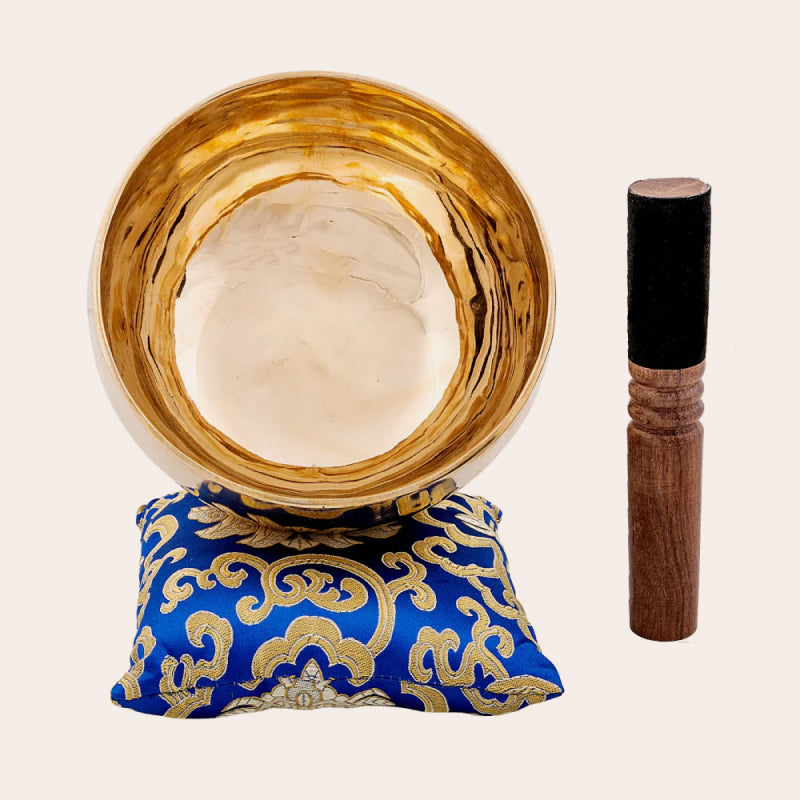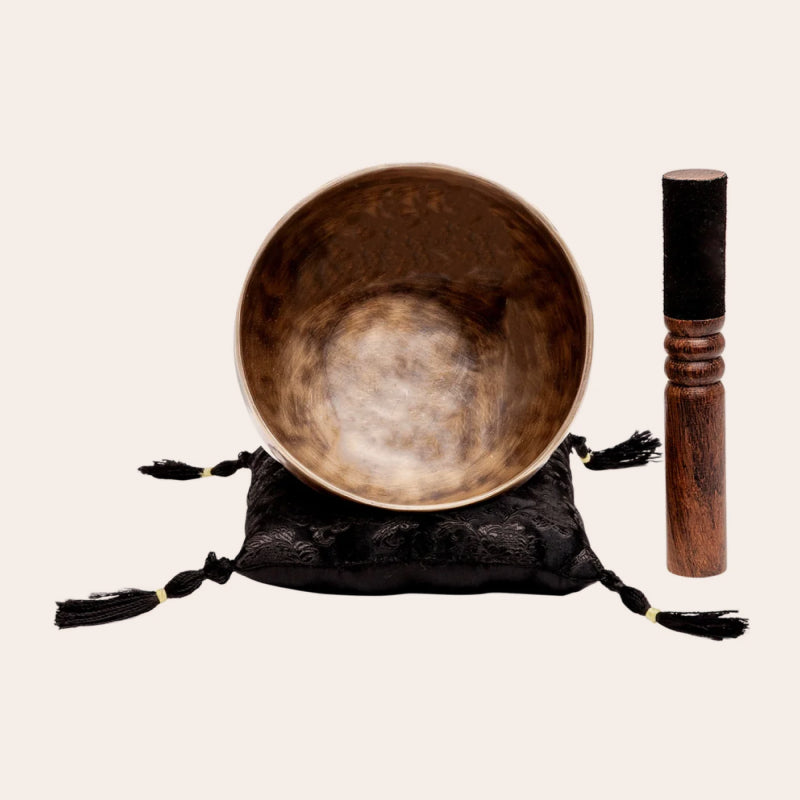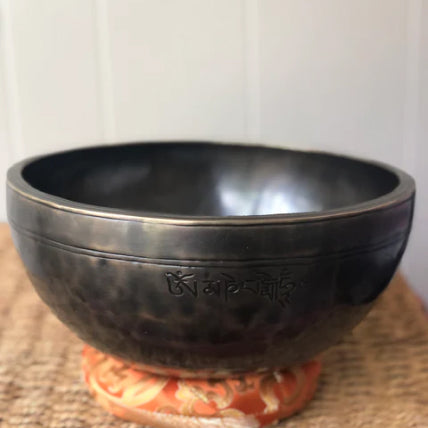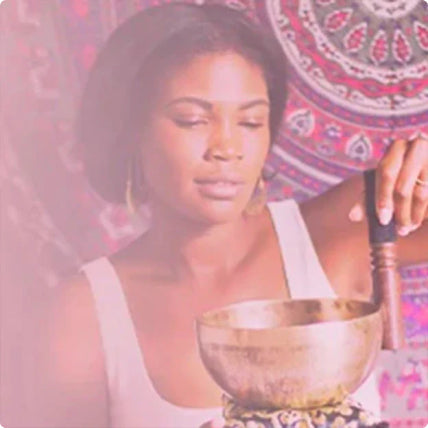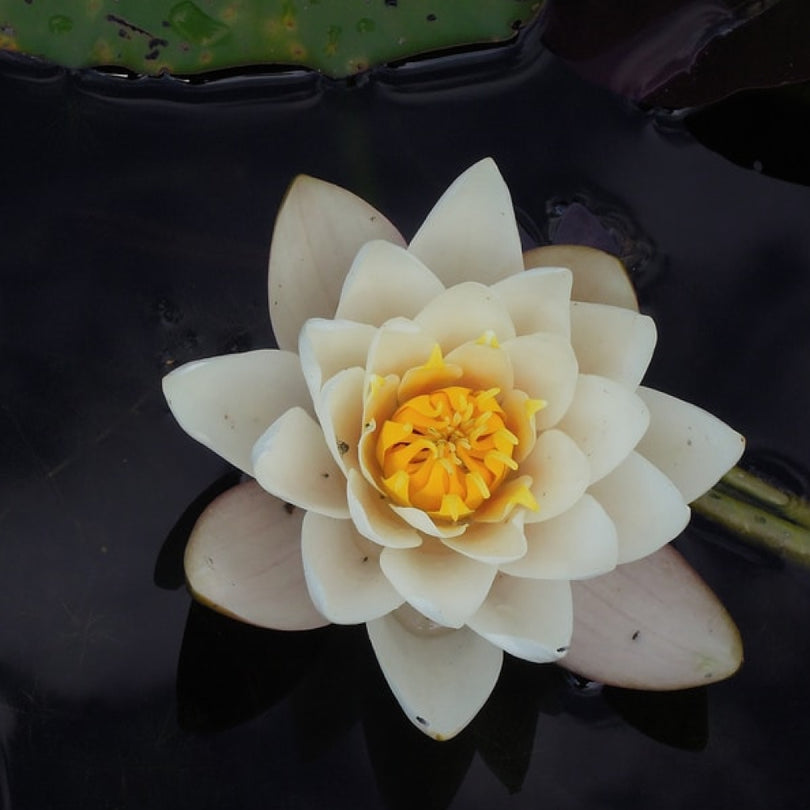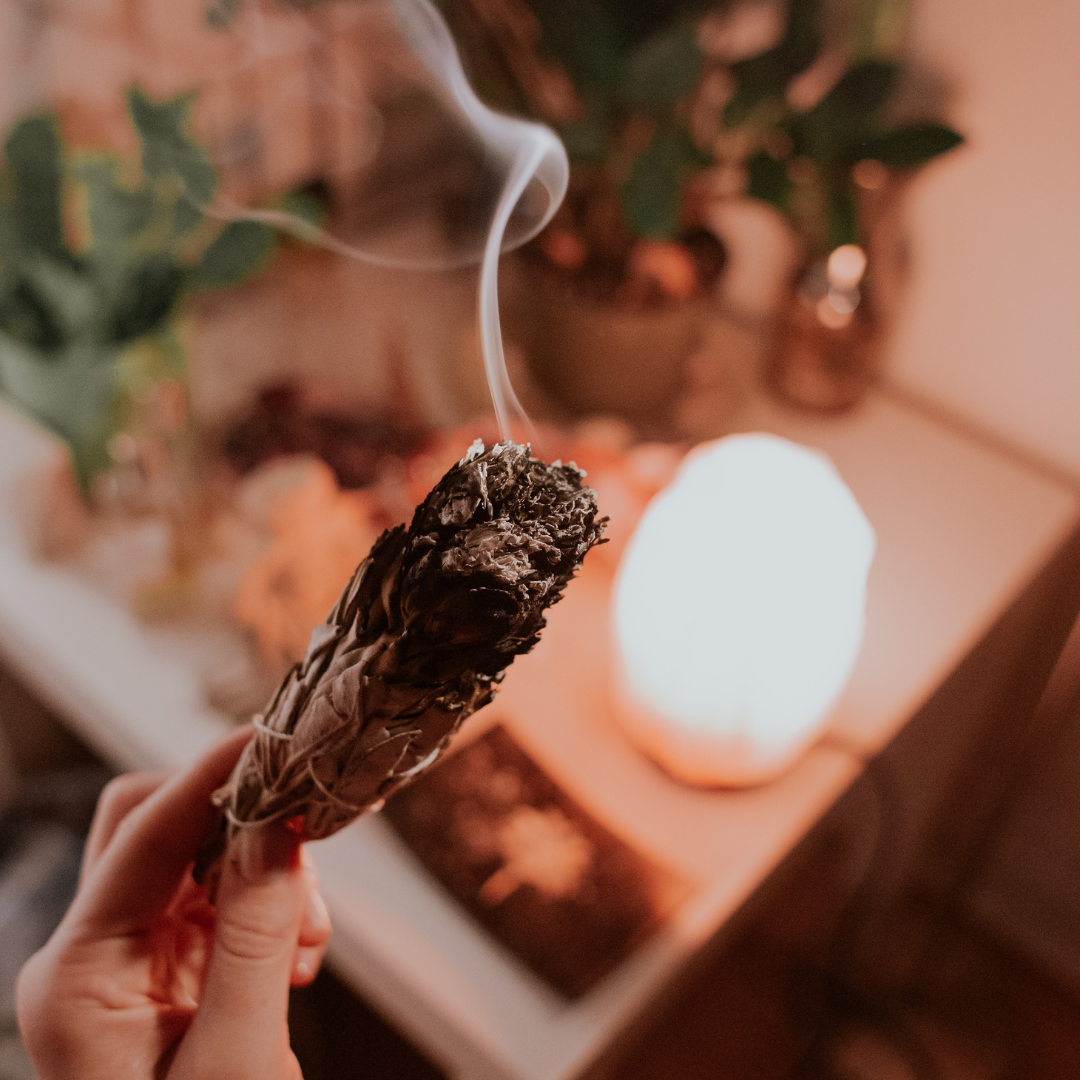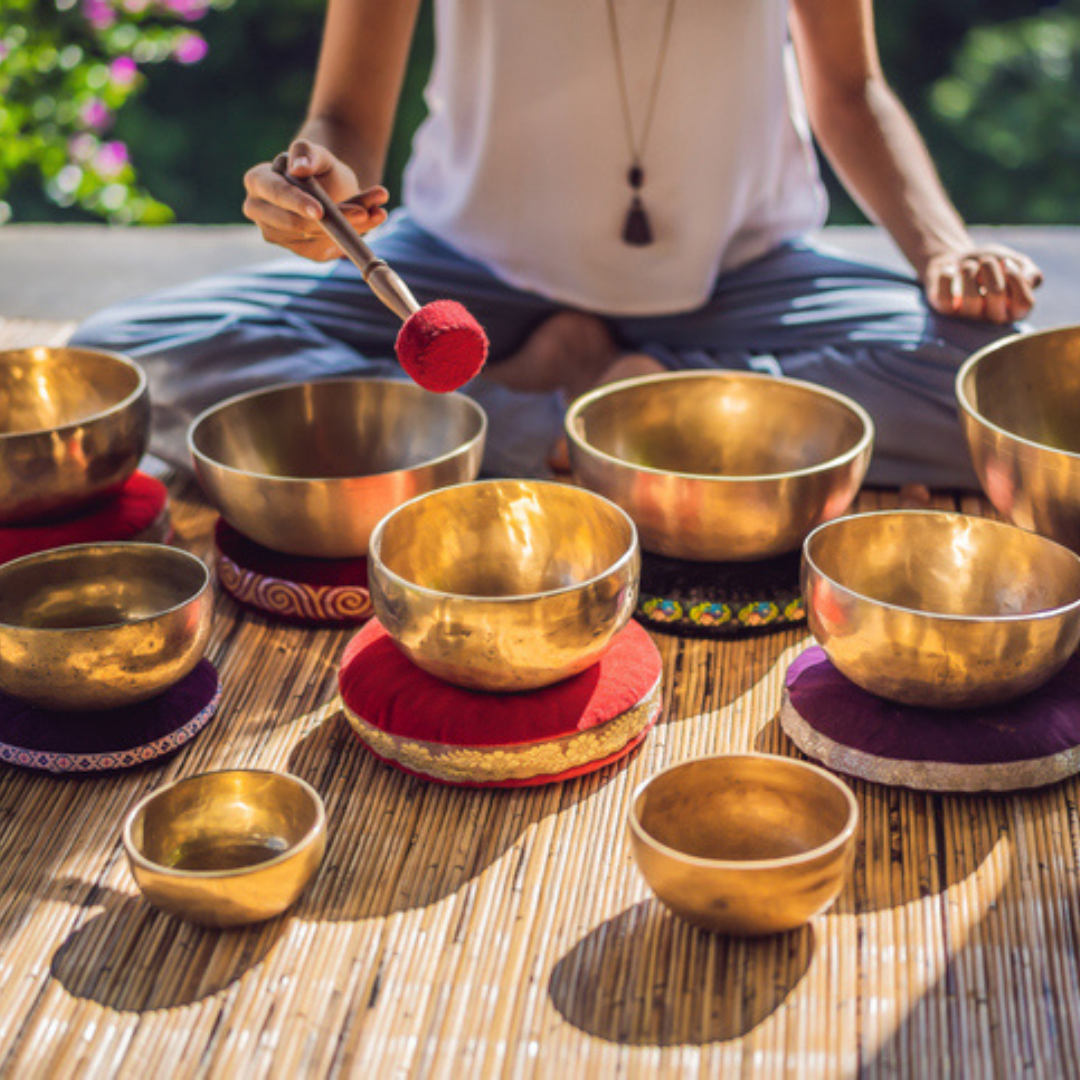How To Use Lavender in Your Life and its Powerful Healing Properties
Lavender was once made into crosses and hung-over houses -- Christians at the time did so to protect themselves from evil.
Today we know that Lavender is antiseptic, anti-inflammatory, antifungal, and cleansing. But our curiosity about, and use of, lavender go back to 2,500 years, owing to its mesmerizing color, scent, and medicinal properties.
History says Cleopatra dabbed lavender on her wrists to seduce Julius Caesar because Lavender is an aphrodisiac. And today, the same herb is used for relaxation, purification, and cleansing.
So, we'll try to understand the healing properties of lavender throughout history, and its proven uses with tips to use on your own.
Basics Of Lavender
Another early Mediterranean Herb known for its sacred values like Sage, Lavender is usually found in the mountains of North Africa. Lavender spread around the rest of the world due to early voyagers and was a favorite scent among the British Royalty.
In the Bible, Lavender is referred to as a spikenard.
Romans used it for scenting public bathhouses and Egyptians for mummification.
To date, lavender potpourri is a favorite around the world. That's because it's widely used in spiritual rituals, aromatherapy, and even medicine for its tranquilizing effects.
The word "Lavender" comes from the Latin word lavare, meaning "to wash."
Incidentally, washerwomen were called Lavenders in Medieval Europe because they would spread clothes over lavender bushes for the clothes to soak up their aromatic scents. Louis XIV was one of the royalties who loved bathing in water scented with lavender.
During the Tudors, maidens drank a brew of lavender to see the face of their true loves, and brides wore lavender for protection.
Types Of Lavender Varieties
Lavender is respected as an herb with a wide range of relaxing and calming aromas in floral, herbal, and green. It's also balancing to the aura, chakra, and spirit.
But, do you know there are 45 types of lavender? That means a lot of aromas, notes, and smells too.
But let's talk about the most common lavender varieties in the world first.
The first variety is the French Lavender.
Ideal for perfuming clothing, French Lavender is an aromatic shrub that smells like a fresh tint of sweet camphor. It was grown exhaustively some time ago under the name lavande papillon or butterfly lavender, named after its butterfly-like tips for bathing (scent) and medicinal benefits (sinus cleansing).
The English Lavender has less camphor but a sweet floral or woody scent. People often describe it as rosemary.
The Spanish Lavender is another variety popular as Ballerina Lavender, used for ornamental purposes.
Another type of lavender is the Spike Lavender, or the Portuguese Lavender is a little strong and pungent with lilac petals.
There's another Lavender hybrid called Lavandula x intermedia or Lavandin. It has a strong lavender with camphor aroma and is used to make most of the lavender essential oils today.
Some Proven Uses Of Lavender
Much like other herbs like sage that are historically regarded as sacred, lavender is also sacred for its aroma.
Throughout history, lavender flowers or stems were strewn around sickrooms to deodorize and disinfect.
Today we know lavenders are great for repelling bugs, thanks to their antifungal, anti-inflammatory, and antiseptic properties. It can help to heal bug bites too. No wonder it's hailed as a protective scent in spirituality!
In the 17th century London, lavender was popular as an amulet and worn on the wrists. It helped to repel deadly diseases at the time from the wearer.
An English Physician at the time had a prescription of distilled water from lavender flowers for swooning, finding your inner voice, and manifesting desires.
It was widely used before the 20th century to treat sore joints, headaches, digestive problems, insomnia, and hyperactivity.
In the 21st century, it's used as a mild tranquilizer to relieve pains associated with neuropathy (WebMD).
In aromatherapy, the lavender scent is associated with calming sensations.
This study published in 2013 says, "Lavender effectively ameliorates generalized anxiety comparable to 0.5 mg/daily lorazepam."
You can use this herb for aromatherapy, in food, for a massage, or even for bathing.
Lavender is one of the few recommended for infections that are resistant to antifungal medicine (Journal of Microbiology.
Besides saving the skin from fungal infections, lavender accelerates wound healing, according to this study.
It's also great for sleep, digestive issues, burns, pains, and more. Perhaps that's why the Romans used it for most maladies like fatigue and fever.
The lavender scent is associated with the sacral and crown chakras.
Sacral chakra balances your life force energy with physical well-being and crown chakra works on your universal connection.
Spiritually, this scent is believed to help with mood swings, stress, depression, trauma, and grief by clarifying your thinking.
Many believe wearing lavender scents or working with lavender boosts creativity and self-expression by awakening the crown chakra. The scent of lavender is also great for anger management, therapy, self-confidence, and good luck.
How To Use Lavender?
Lavender smudge sticks are a great way to bring the spiritual and scientific effects of the lavender scent to you. They're made from dried lavender flowers.
Commonly used in potpourri, lavender smudge sticks work great for cleansing and purification with a holy herb like sage.
You can protect your home and cleanse the negativity around it with this scent. Simply keeping bunches of lavender in your living room is a good way to balance the energies surrounding you.
Lavender is used in energy rituals by burning for smudging things like crystals or people. But you can also rub the flowers over people, objects, or places to balance energies.
Use lavender scents to clear negativity and enhance it with feng shui by placing it in the North West or southeast directions. This lilac, purple flower, and the herb is an emblem of love and peace. It brings harmony when you meditate or play the singing bowl.
You can keep it in your bedroom to bring harmony and luck to your sleeping space.
However, you can also hang a lavender smudge stick instead of burning it around your living room or other places. It's a great way to keep the space charged with positive energies.
How To Store Lavender?
Just like sage, it's good to use one stick per ritual to prevent keeping burnt lavender. You can take a part of it for rituals too. Otherwise, let out your smudge stick at the right time to prevent any fires.
It's always better to keep a lavender, sage, or herbal smudge stick in an abalone shell. Otherwise, make sure to wrap it in a paper towel before placing it in an airtight container.
Add Some Lavender To Your Mind, Body, And Spirit!
Lavender is a tranquilizing herbal scent that's great for smudging spaces, people, and crystals. They're used medicinally besides in aromatherapy and alternative healing.
Lavender is powered by the chakra properties of the crown and sacral energy centers that help you develop wisdom and health. You can use it for meditation, chanting mantras, or doing a yoga session.
Dried lavender brings harmony, love, and intimacy to bedrooms. It's a great way to balance the feng shui in a space like your house's living room or entrance.
What's your favorite way of using lavender? I would love to hear all about it!

